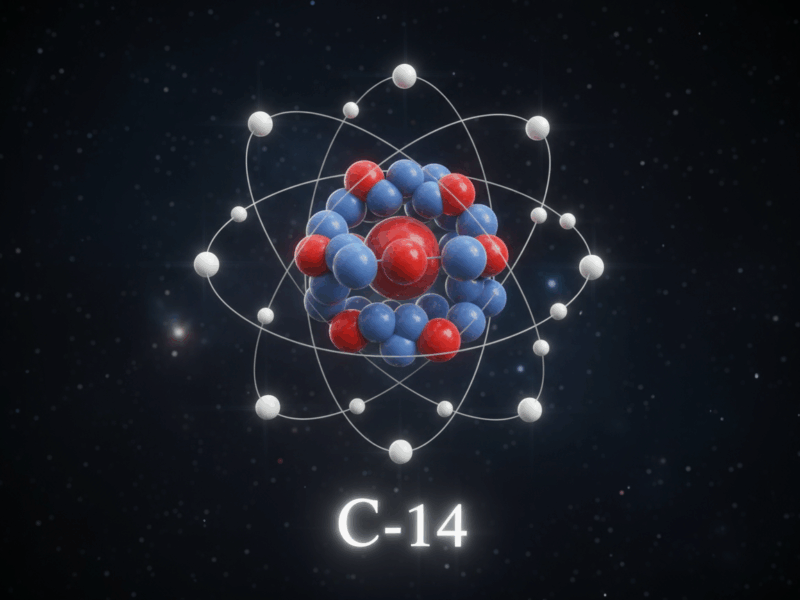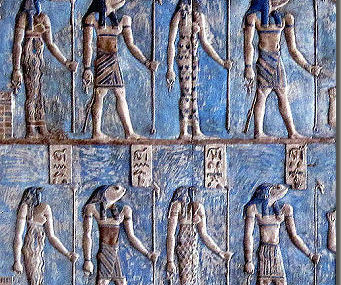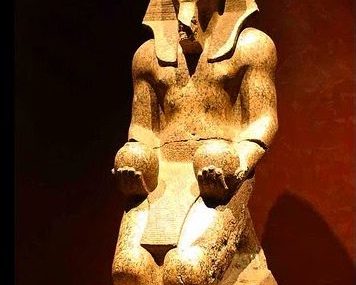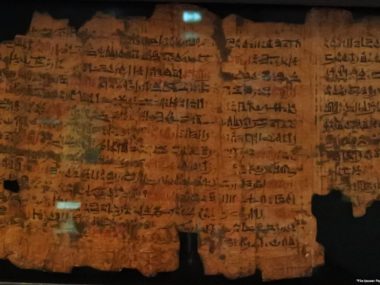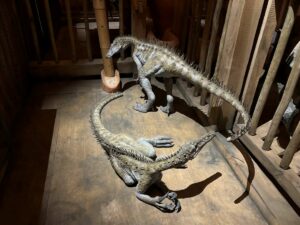Carbon-14 testing is a type of scientific testing that provides a date for burnt organic material found in excavations. Common sample types include wood, animal bones, leather, and seeds. Carbon-14 testing cannot date many material types including rocks, dirt, metal, and ceramic.
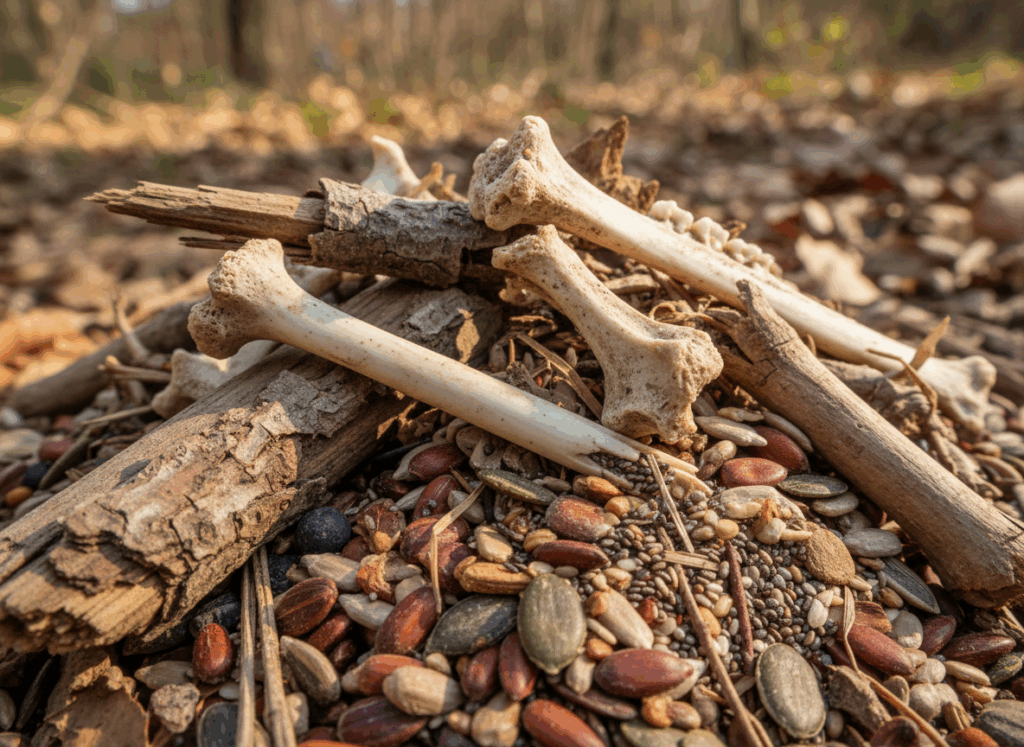
Seeds are among the best samples for carbon-14 testing because they have a very short growing season—just a few months. Leather and bones can provide a relatively good date, because the lifespan of animals is relatively short. Wood is not an ideal sample because trees live for a very long time, and even after a tree is turned into wood, that wood can remain in use for many years, sometimes centuries, in the case of furniture or structural beams.
How Does Carbon-14 Testing Work?
Carbon-14 testing works by measuring the breakdown of radioactive isotopes found in organic material. As long as a plant or animal is alive, it exchanges carbon with the atmosphere and maintains a steady amount of carbon-14. When the organism dies, it stops absorbing carbon-14, and its carbon-14 molecules begin to decay. This decay occurs at a predictable rate. Meanwhile, the amount of carbon-12 in the organism remains steady. Measuring the amount of carbon-14 remaining in the organism in relation to its carbon-12 can provide a date that tells us when that organism was alive. This of course assumes that radiocarbon decay has occurred at a steady rate throughout history.
A few methods exist for performing carbon-14 testing, but Accelerator Mass Spectrometry (MAS) is the most reliable and widely used method. This requires a large piece of equipment called a particle accelerator, which separates the atomic particles. The scientist performing the testing can then count the separated carbon-14 and carbon-12 particles to determine the amount of decay in the sample.
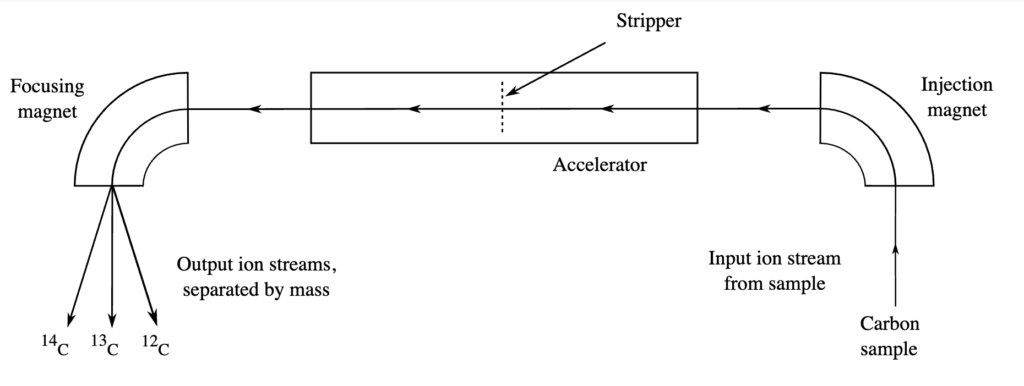
How Accurate is Carbon-14 Testing?
Carbon-14 testing on its own is inaccurate because it can provide very different dates for samples that are known to be the same age. Because of this, scientists have developed methods of calculating and calibrating the dates using tree rings to make them more reliable. Using these calculations and measurements, carbon-14 testing can provide dates that are accurate to within a 60–100 year range.
How Do Biblical Archaeologists Use Carbon-14 Testing?
Biblical archaeologists use a variety of dating methods. These include both comparative dating and scientific dating. Comparative dating involves comparing the finds from an archaeological excavation, usually pottery, with finds from other excavations where the dating has already been firmly established. Scientific dating takes place in a highly-specialized lab. It can provide dates for materials which archaeologists are usually not able to date. In some cases, it can also provide more precise dating than comparative dating can.
Carbon-14 testing is an important tool for archaeologists, but it is one that is used sparingly. For one thing, carbon-14 testing is very expensive due to the specialized equipment and training required for the testing. It can cost hundreds or even over a thousand US dollars to test one sample! For another thing, it is rare to find high quality samples that are ideal for carbon-14 testing. Given the wide date range provided by carbon-14 testing, it does not help with pinpointing specific dates.
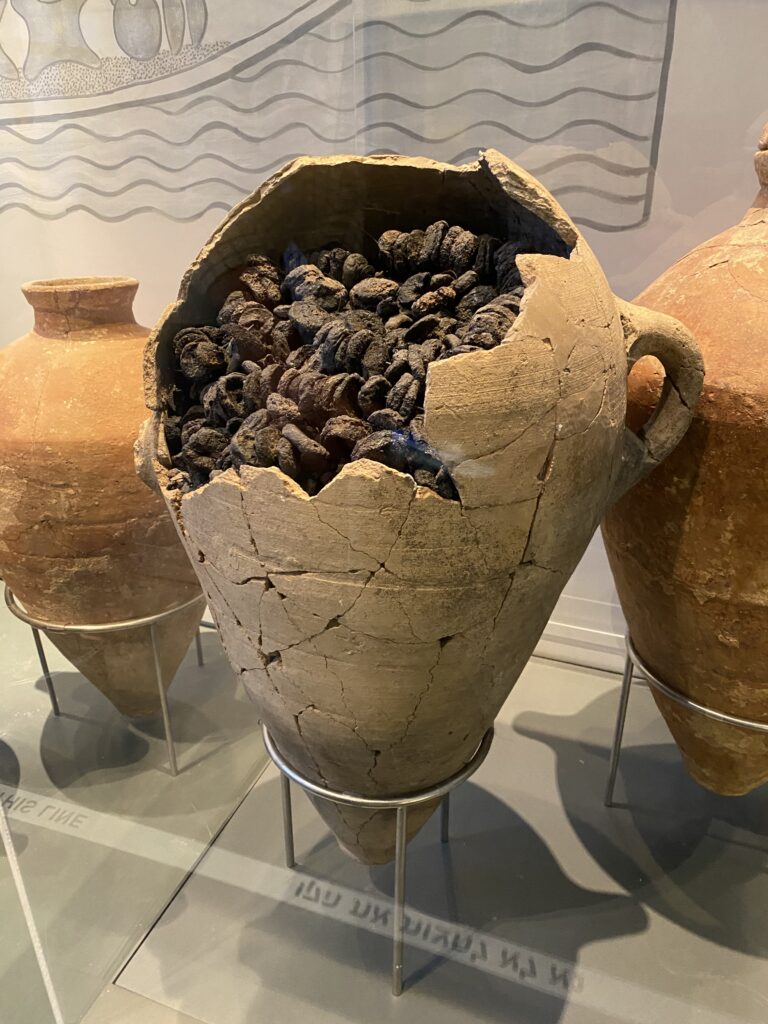
For these reasons, archaeologists typically only use carbon-14 testing in special situations. For example, a piece of charred wood found in an agricultural fill is a bad candidate for carbon-14 testing. This is both because wood has a long life and cannot provide fine-tuned dating and because agricultural fills typically contain artifacts from many different periods. Testing a sample from the fill would only provide a date for the sample, not for the fill.
On the other hand, a jar full of burnt figs found in the remains of a structure is an excellent candidate for carbon-14 testing for several reasons. First, figs are an ideal sample type because figs grow in a single season. Second, dating the jar’s contents can confirm or refine the comparative dating of the jar itself. Third, dating the jar full of figs can help date the entire building in which the jar was found.
What about Very Old Dates?
Many biblical archaeologists believe in a young earth. Their timeline for ancient history is compressed compared to that of secular archaeologists. Sometimes carbon-14 dates conflict with the shortened biblical archaeology timeline. However, some archaeologists (even those who believe the earth is very old) have noticed that while carbon-14 dates are accurate as far back as approximately 1400 BC, older carbon-14 dates do not match established archaeological chronologies.1, 2 Some of those chronologies are derived from well-documented kings lists and should be quite accurate. The older the carbon-14 sample, the further it deviates from the archaeological chronologies. That means that carbon-14 samples from older than about 3400 years ago might not be accurate.
Conclusion
Carbon-14 testing is an important tool for biblical archaeologists. It can provide accurate dates within a range of 60–100 years for organic samples by measuring the radioactive decay of carbon-14 molecules. However, there are limitations to Carbon-14 testing. It cannot date non-organic samples, and it cannot provide precise dates. Additionally, it is very expensive. For these reasons, archaeologists are very selective when choosing samples to date using carbon-14 testing.
Footnotes
- Bietak, Manfred. 2016. “Antagonisms in Historical and Radiocarbon Chronology,” in Radiocarbon and the Chronologies of Ancient Egypt, Andrew J. Shortland and C. Bronk Ramsey, 76–109. Oxford: Oxbow Books. ↩︎
- Petrovich, Douglas. 2021. Origins of the Hebrews: New Evidence of Israelites in Egypt from Joseph to the Exodus. Nashville: New Creation, 32. ↩︎

